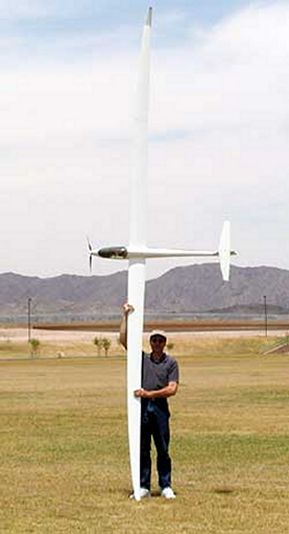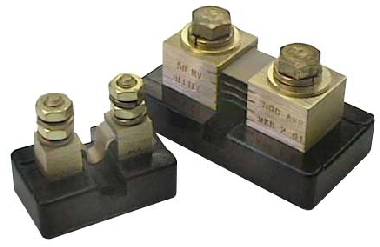Don't get excited, not those kind of toys. But it could be STICKY
I have a few hobbies like golf and more to the point fly RC Planes. Not sure I have ever brought this up or not but in the RC world there is a great tool that can be used on just about any solar battery system. We use In-Line Watt Meters and they are fairly cheap. Accuracy is decent once you get above 10 watts. Depending on which model you use can measure up to 130 amps @ 60 volts or 7000 watts.
They tel you more than wattage. They give you voltage current, watts, and some can even be used to measure Watt Hours, Amp Hours, and measure Battery Internal resistance. They can be inserted between panels and controller, controller and battery, or battery and load. As for cost pretty reasonable from $20 to $50. Here are a few I know about
GT Power 130 Amp @ 60 Volt for $40 to $50 You can even find these on EBAY for $15
Watts Up 100 Amp @ 60 volt for $50. Again shop around for deals.
Turnigy 100 Amp @ 60 volt for $30
There are a lot more out there ranging in price from $8 to $100. Just use the search term RC Watt Meter or RC INLINE WATT METER.
They are really easy to use and most do no teven have any buttons or controls. You just have to make sure you get the Polarity correct and work out the connector issue. They work just fine on solar panels, batteries, and controllers. Grid tied need not apply. These are for the folks who like burning $100 bills as a heat source to warm their coffee. .
I have a few hobbies like golf and more to the point fly RC Planes. Not sure I have ever brought this up or not but in the RC world there is a great tool that can be used on just about any solar battery system. We use In-Line Watt Meters and they are fairly cheap. Accuracy is decent once you get above 10 watts. Depending on which model you use can measure up to 130 amps @ 60 volts or 7000 watts.
They tel you more than wattage. They give you voltage current, watts, and some can even be used to measure Watt Hours, Amp Hours, and measure Battery Internal resistance. They can be inserted between panels and controller, controller and battery, or battery and load. As for cost pretty reasonable from $20 to $50. Here are a few I know about
GT Power 130 Amp @ 60 Volt for $40 to $50 You can even find these on EBAY for $15
Watts Up 100 Amp @ 60 volt for $50. Again shop around for deals.
Turnigy 100 Amp @ 60 volt for $30
There are a lot more out there ranging in price from $8 to $100. Just use the search term RC Watt Meter or RC INLINE WATT METER.
They are really easy to use and most do no teven have any buttons or controls. You just have to make sure you get the Polarity correct and work out the connector issue. They work just fine on solar panels, batteries, and controllers. Grid tied need not apply. These are for the folks who like burning $100 bills as a heat source to warm their coffee. .






Comment